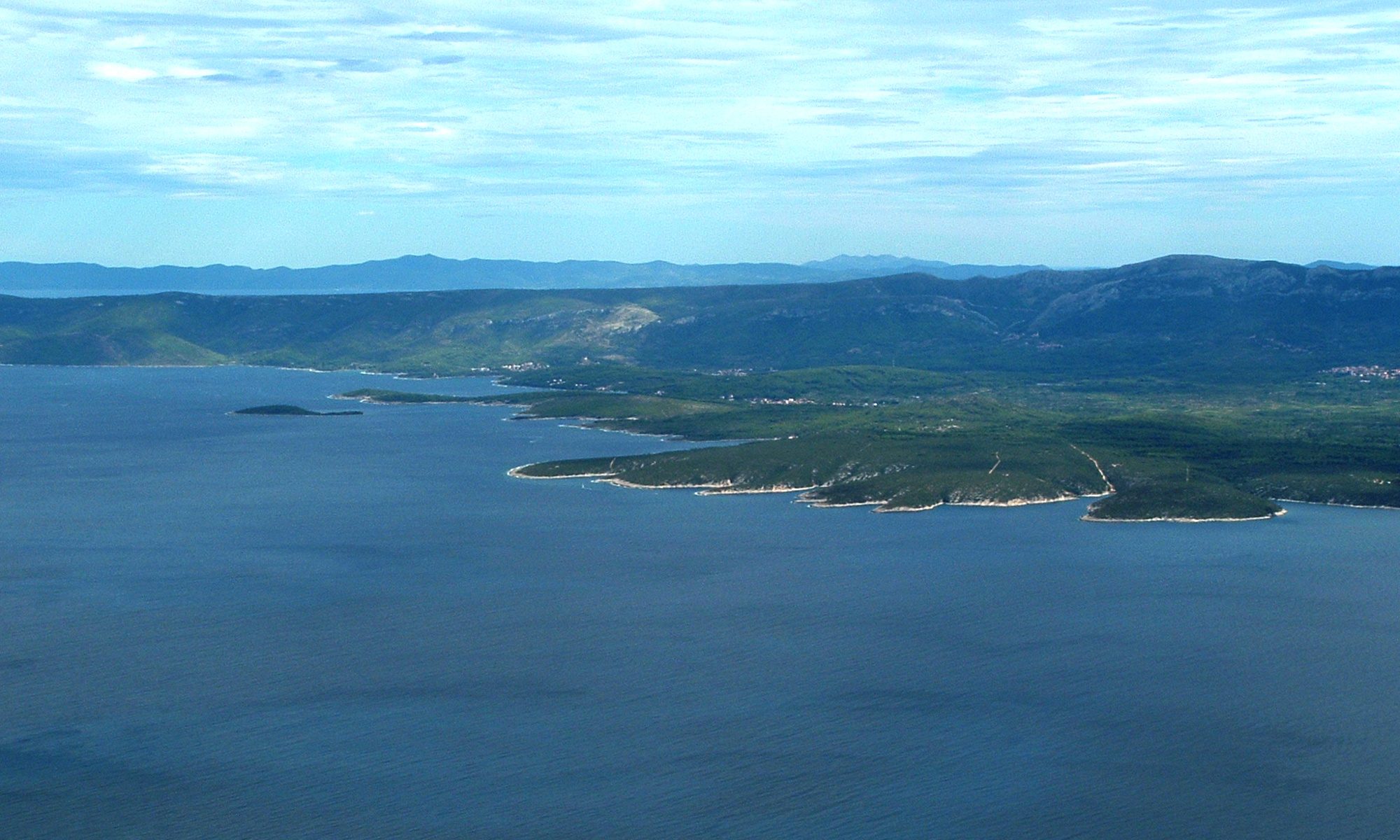LiDAR and satellite images for mapping glacier retreat
Roger Wheate | U.Northern BC, Canada
Keywords: LiDAR, alpine glaciers, Landsat, Sentinel, DTM
Alpine glaciers in Canada and around the world have retreated and downwasted at an increasing rate over the last 30 years. It is impractical for mapping agencies to monitor and update glacier extents and topography, so these remain up out of date by some decades. The glaciers are mostly in remote locations, so knowledge of their current condition is restricted to select visitors, such as mountaineers and cryospheric scientists. However there is an increasing volume of satellite imagery and digital elevation data to enable more regular changes in glacier extents and elevation.
We selected the glaciers geographically closest to our city Prince George (British Columbia), but they are difficult to access, located by Monkman Provincial Park; they are also adjacent to the Tumbler Ridge Global Geopark, one of the few in North America. Data sources include high resolution imagery from Landsat 8 (NASA) and Sentinel 2 (ESA), along with sub-metre LiDAR elevation data acquired in summer 2017. A sequence of maps, images, and perspectives enable visualization and assessment of changes in glacier limits and surfaces. These are combined with tabular information to quantify the changes and analyse the rates of change since the earliest topographic mapping and satellite imagery.
